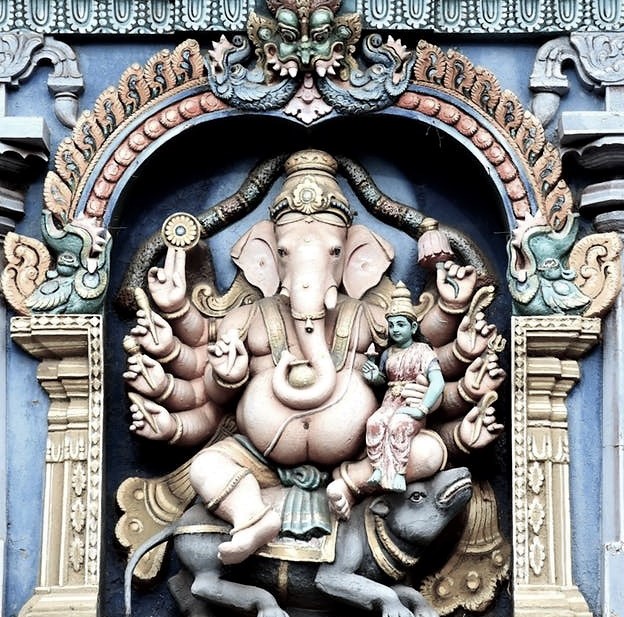- Special FeaturesFoundation YearThe temple is believed to have been built during the late 8th century CESthala TreeTheerthamChakra TheerthamRathamArchitectureDravidian architectureOther Speciality(Divya Desam)
- Sthala Puran
அருள்மிகு ஆதிஜெகநாத பெருமாள் திருக்கோயில், திருப்புல்லாணி
The Adi Jagannatha Temple is a South Indian Hindu temple in Thiruppullani, a village on the outskirts of Ramanathapuram in the South Indian state of Tamil Nadu, which is dedicated to the Hindu god Vishnu. It is believed that Rama used grass ('pul' in Tamil as a pillow (thalai annai in Tamil) to sleep, and hence the village attained the name Thiruppullani. Constructed in the Dravidian style of architecture, the temple is glorified in the Divya Prabandha, the early medieval Tamil canon of the Azhwar saints from the 6th–9th centuries CE. It is one of the 108 Divyadesam dedicated to Vishnu, worshiped as Adi Jagannatha and his consort Lakshmi as Padmasini.
As per Hindu legend, Rama in the epic Ramayana prayed to the Samudraraja (God of Ocean) to seek way to reach Lanka. He did a penance lying in Kusa grass (Dharba grass), the act of which is described in Sanskrit as Dharbasayanam.
As per another legend, Dasharatha, the father of Rama, performed different sacrifices and did a lot of penance to obtain the sacred payasam (sweet pudding). He offered it equally to his three wives, resulting in the birth of Rama, Lakshmana, Bharatha and Shatrughna. Following the legend, childless couple perform a worship called nagapradishta (installing a statue of snake god) in the temple. Sweet pudding is offered to childless couple praying for a child. It is believed that Adi Jaganatha bestows a child like Rama when such a worship is performed.
- Architecture
The temple is located in Thirupullani, a village located 10 km (6.2 mi) from Ramanathapuram. The temple has a five-tiered rajagopuram (gateway tower) facing east. The shrine of Adi Jagannatha houses the image of Adi Jagannatha, Bhudevi and Sri Devi in sitting posture. The consort of Adi Jagannathar is Padmasini, housed in a separate shrine. There is a shrine for Dharbasayana Ramar in a reclining posture. There is a metal image of Krishna from the 13th-century Pandya period. The image depicts Krishna dancing in a snake, a rare historical depiction of Krishna in a metal image.
- Alankar of Deity
- Prayers and BenefitsSpecial Vratas and PrayersOfferings to DeityStotras and Mantras
- Festivals
- Sodasha Upcharas
- Prasadhas
- Social ActivitiesAnnadhanMarriageEar BoringHead ShaveDanaasEducation FacilitiesSocial DrivesOther Activities
- Arjita Seva
- Tags

